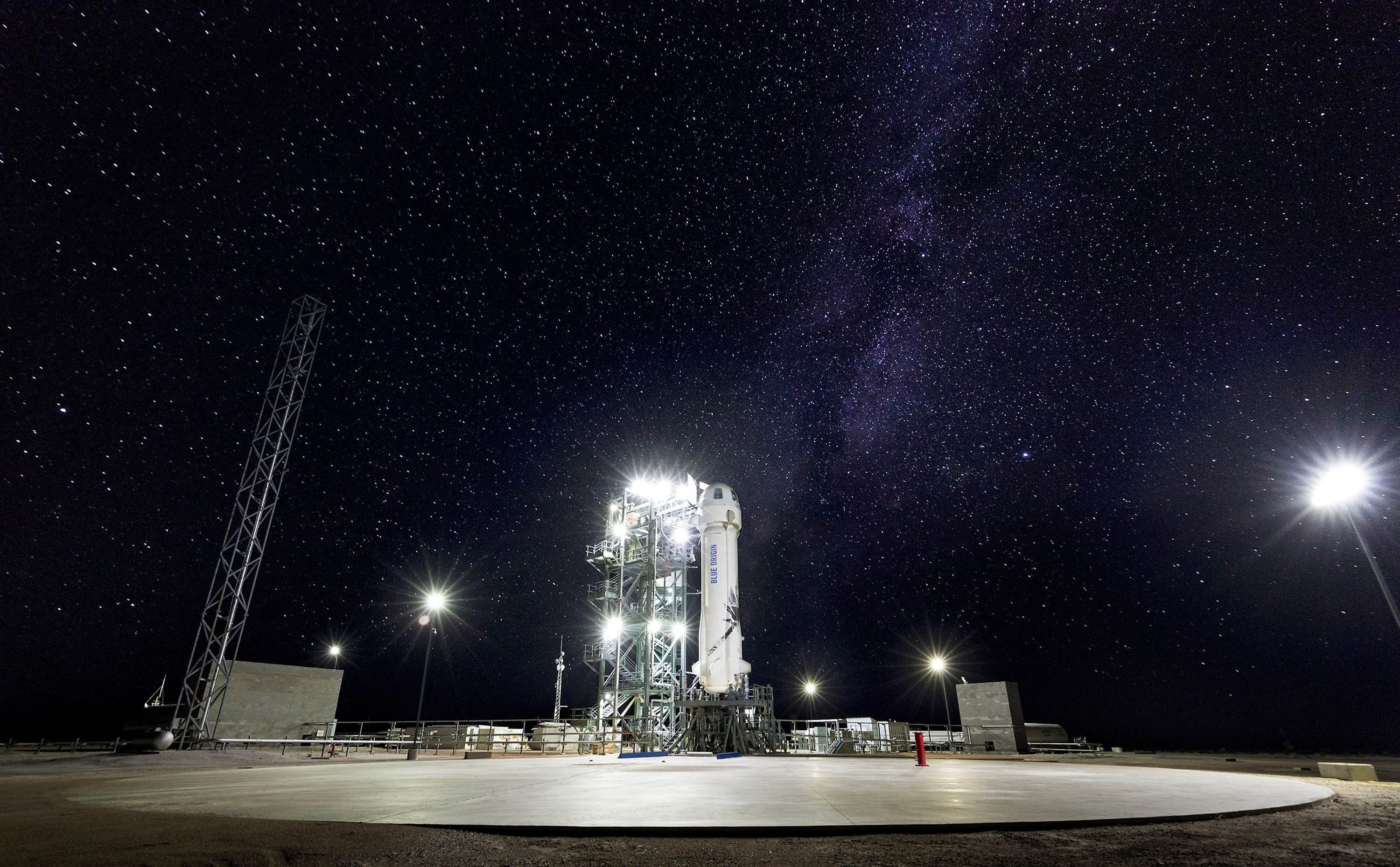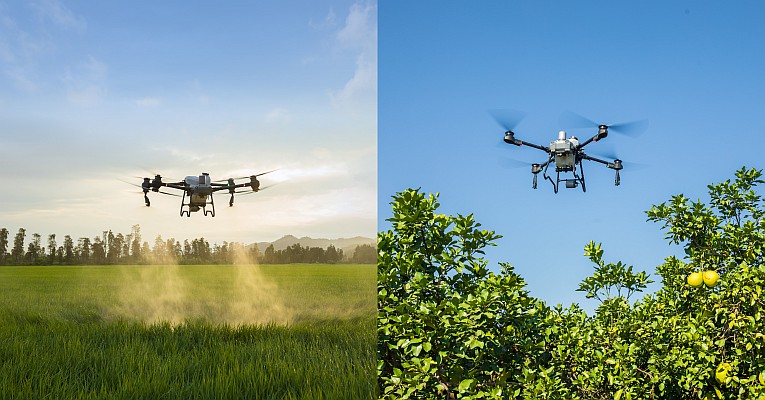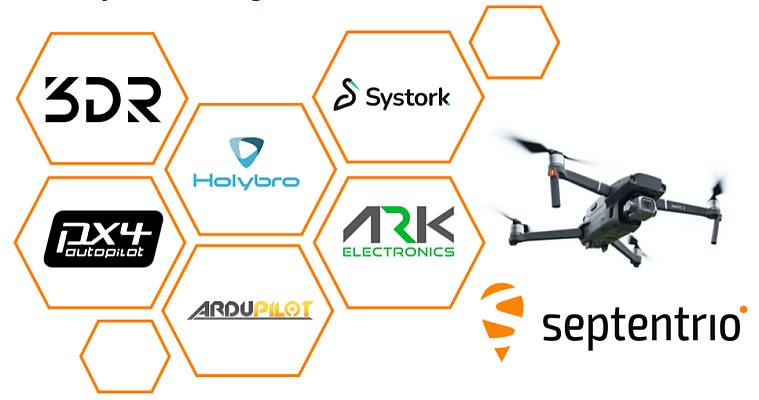The Indiana Department of Transportation (INDOT) has set in motion the implementation of a statewide network of GNSS Continuously Operating Reference Stations (CORS) that will provide critical support to future Indiana transportation projects. The network system, provided by Advanced Survey Solutions and Leica Geosystems Inc. will include 17 primary CORS monuments and approximately 25 secondary monuments located strategically throughout the state.
Each CORS station will include a Leica GRX1200 GG Pro GNSS receiver with Ethernet and frequency import capabilities. INDOT plans to space primary stations about 100 km apart, and then densify the network as needed with secondary stations. Once the network is implemented, DGPS and real-time kinematic (RTK) data will be available to the agency 24/7 via the Internet.
In addition, INDOT will implement the Leica Geosystems’ Spider Network software, an integrated suite of software that adjusts for the ionic and tropospheric conditions of the entire network before sending a corrected signal to the rover or end user from a single reference station. The result is rather than merely getting information from the closest reference station, the surveyor is getting corrections based on the entire network.
Bill Schmidt, manager of Aerial Engineering with the INDOT, says, "Our survey community is very excited about the CORS network and its ability to minimize the need to set up base stations and create greater opportunity for RTK surveying. An added plus, is that every state agency will be able to operate on the same coordinate system."
INDOT expects the primary network of the GNSS network to become operational by early 2008, with the secondary network following soon after. This network is a critical element in INDOT’s efforts to effectively manage its 11,300 centerline miles and 28,500 total lane miles.
Gerard Manley, vice president of Engineered Solutions for Leica Geosystems, says, "Reference station networks like INDOT provides a fundamental tool for engineering and survey professionals throughout the state, both public and private, for the purpose of advanced measuring accuracy and processing speed. These reference stations also have widespread application beyond advanced traditional survey techniques such as helping monitor the movement of bridges and dams, supporting machine control activities on road construction projects, playing a role in accident reporting of local police departments, and so much more. It’s truly an investment in the future."






